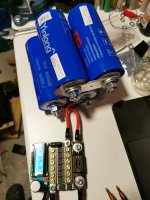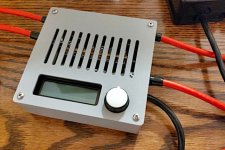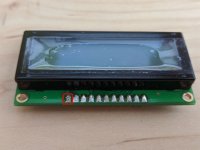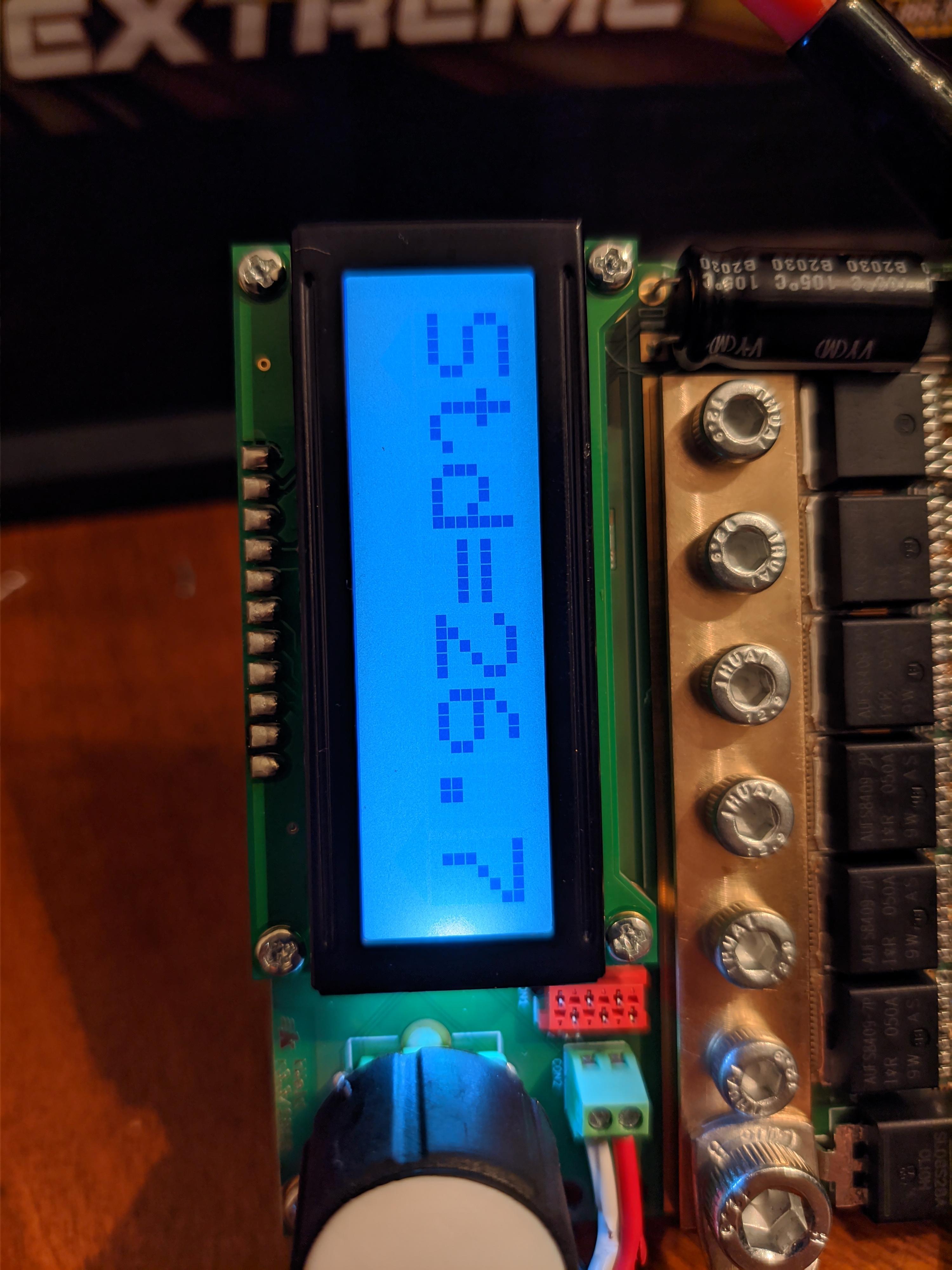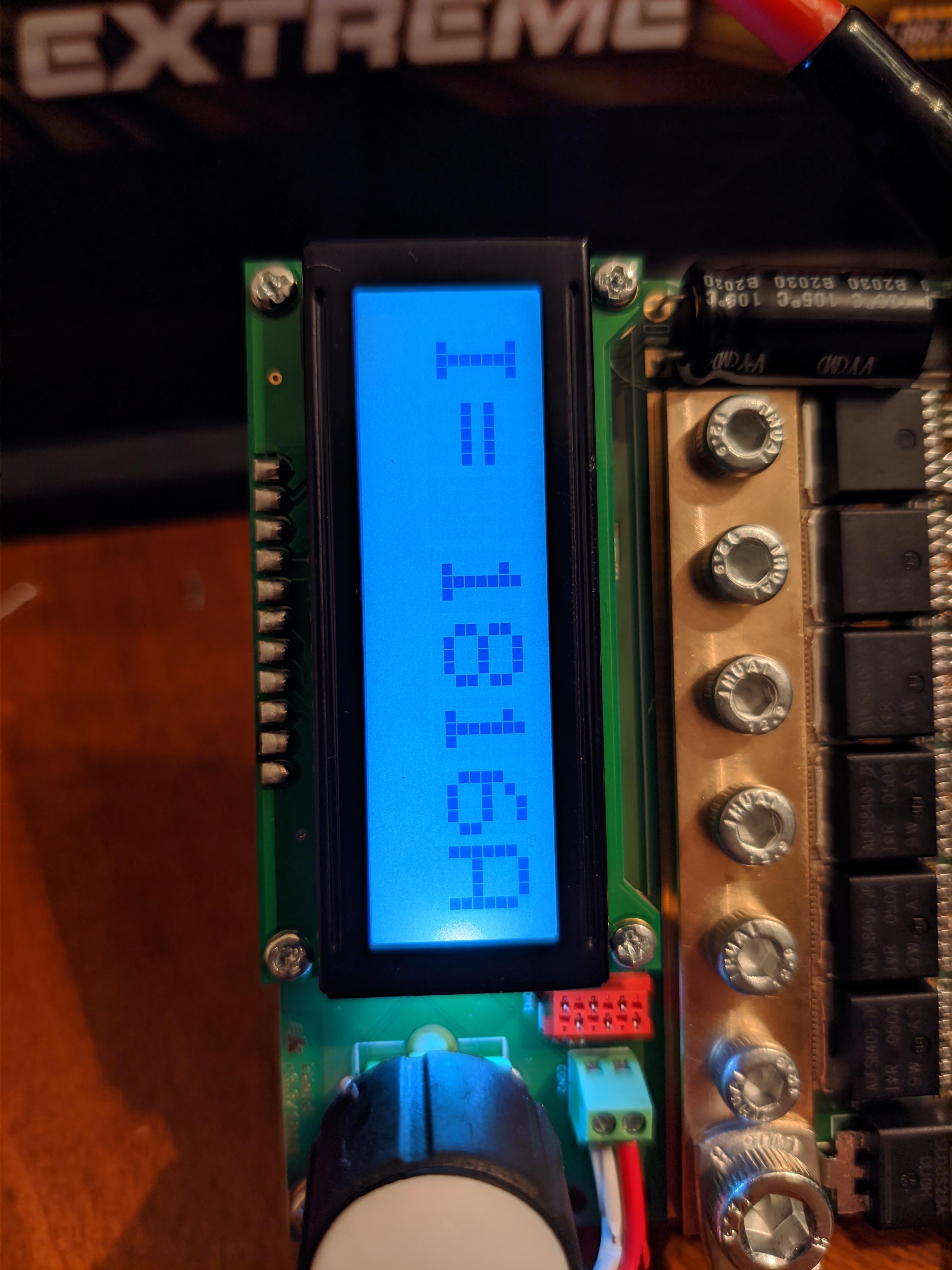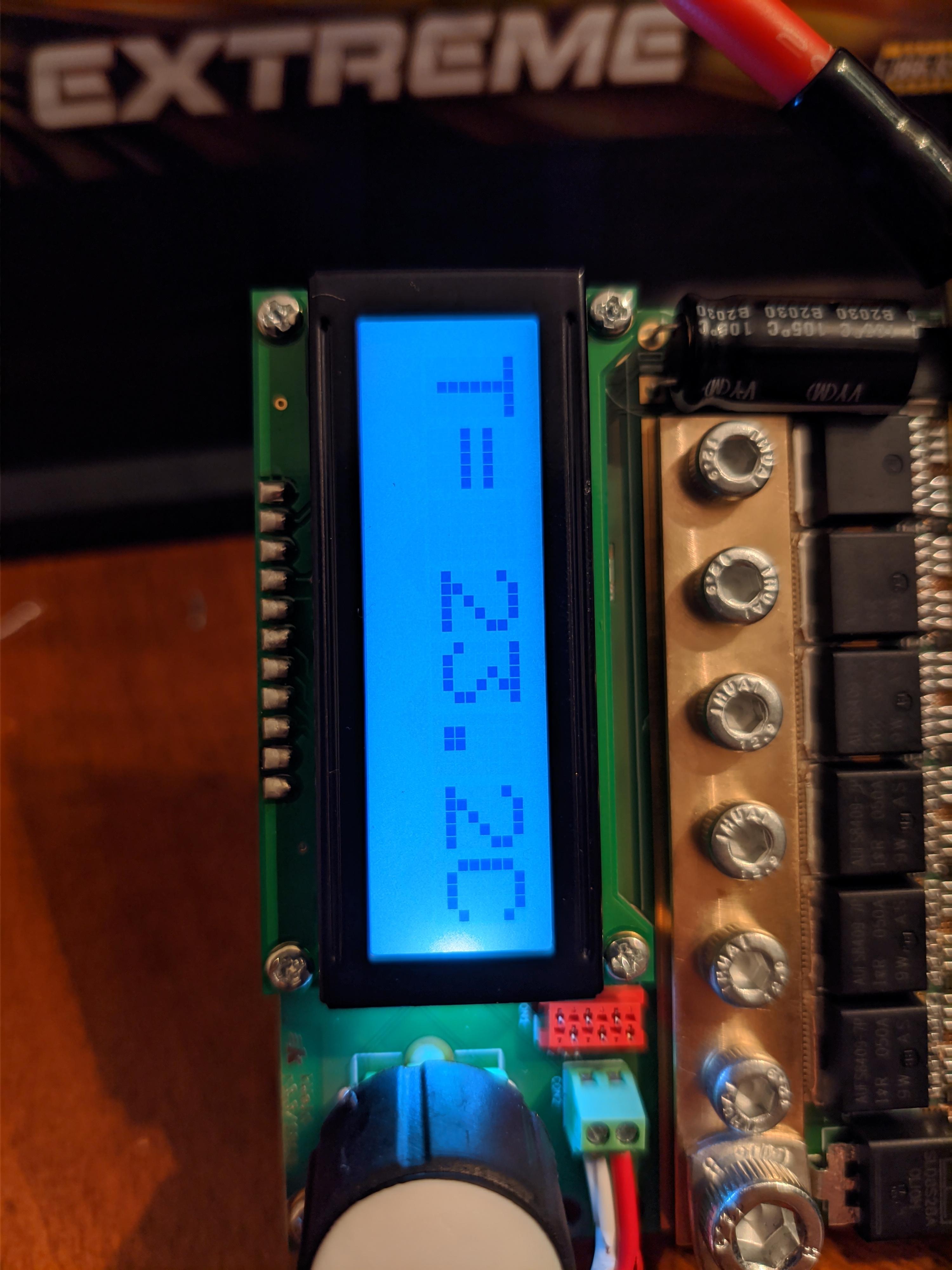Silvaticus
10 W
- Joined
- Jan 18, 2019
- Messages
- 66
I agree that they don't owe me anything. That is why I tried to describe the problem as broadly as possible. I have even added resistance symbols for better clarity. I even believe that we are somewhere close to the truth, but this requires an outside opinion.
And I ask you to forgive me for my wording as I'm not a native speaker.
And I ask you to forgive me for my wording as I'm not a native speaker.


